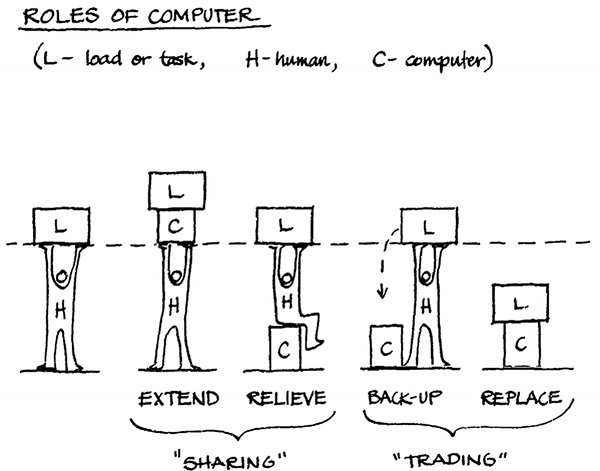
Industrial Networking and Automation: Terminology, Part 1
By Tom Carpenter On 01/14/2021
Those who work in the enterprise Wi-Fi industry may be less familiar with terminology used in the industrial networking and automation space. This is the first article in a series that will help you to understand common terms used within industrial networking. These foundational concepts will help you as you begin to work more with Industrial IoT (IIoT) in the coming years.
To begin the series, we will explore the phrase industrial automation. The simple and obvious definition of industrial automation is automation within industrial environments. Of course, to fully understand it, more details should be explored. First, what is the meaning of industrial? Second, how is automation implemented in these environments.
The term industry is most accurately used to reference the activities focused on manufacturing products. When we use the phrases "in industry" or "within industry", we typically mean "in factories and other product assembly or creation environments." The products could be final products for sale to consumers or they could be parts used by other manufacturers to create products from those parts. Some organizations operating within the realm of industry are better thought of as assembly operations. They simply take parts manufactured by other organizations and assemble them to create a final product. Whether assembling parts or manufacturing parts and products from raw materials, all such processes can be defined as industrial and function within the business sector of industry.
This brings us to the second part of our phrase: automation. To automate something is to cause it to occur without human intervention. A human may start the process or the process may be started by another process or device, but once started, the process completes without intervention. I could have simply said that automation is "making a process or system operate automatically," but that's just a bit reciprocal. I feel that the clarity of "without human intervention" is a better way to define the term. To be clear, a multi-step process may look more like this:
- Step 1: A human does it.
- Step 2: Automated.
- Step 3: Automated.
- Step 4: A human does it.
- Step 5: Automated.
In other words, solutions may not be available to fully automate some processes. Enhancements in robotics, artificial intelligence (AI), and human-computer interaction continue to remove the kinds of tasks or operations that cannot be automated. For now, some operations, whether due to safety concerns or expense, continue to be performed manually or with computer assistance by humans.
When considering how computer systems can be used in automation, the model, aptly named "Roles of Computer" in the 1978 paper by Sheridan and Verplank, is a useful place to start. Their model is depicted by the following image (read the entire paper here: https://apps.dtic.mil/dtic/tr/fulltext/u2/a057655.pdf):

Roles of Computer (SOURCE: Human and Computer Control of Undersea Teleoperators, 1978, Thomas B. Sheridan and William L. Verplank)
The indication of the sketch is that a computer can be used to impact the load on humans in several ways:
- Extend - increase the capabilities of a human
- Relieve - lessen the workload of a human
- Backup - backup a human should the human be unavailable or fail to complete the workload
- Replace - completely replace a human in the process
Full automation replaces the human and a computerized system takes on the entire load or task. The other uses of computer systems can be considered as lesser levels of automation or lesser levels of digitization.
Therefore, one can think of industrial automation in different levels ranging from no automation to full automation, passing through extension, relief, and backup along the way. The authors further categorize backup and replace as "trading" as a clarification that these two models trade a computer system for a human. The extend and relieve models are categorized as "sharing" as they implement a computer system alongside the human.
In IIoT, many implementations are related to providing one or more of these levels of automation. For example, an IoT device that resides in a harsh environment to humans could gather data from with sensors and pass that information back to a monitoring solution observed by a human. This implementation effectively extends the human's reach into that harsh area. Additionally, when IoT sensors are used through a plant and send their monitoring data back to a central dashboard, it removes the requirement of the human to go to each location and read analog meters to ensure safe operations. This implementation effectively extends and relieves the human of partial workloads.
Now that you have a basic understanding of the phrase industrial automation, you are ready to explore specific systems and concepts in later parts within this series on industrial networking and automation terminology.
Tagged with: IIoT, industrial networking, industrial automation
Blog Disclaimer: The opinions expressed within these blog posts are solely the author’s and do not reflect the opinions and beliefs of the Certitrek, CWNP or its affiliates.



